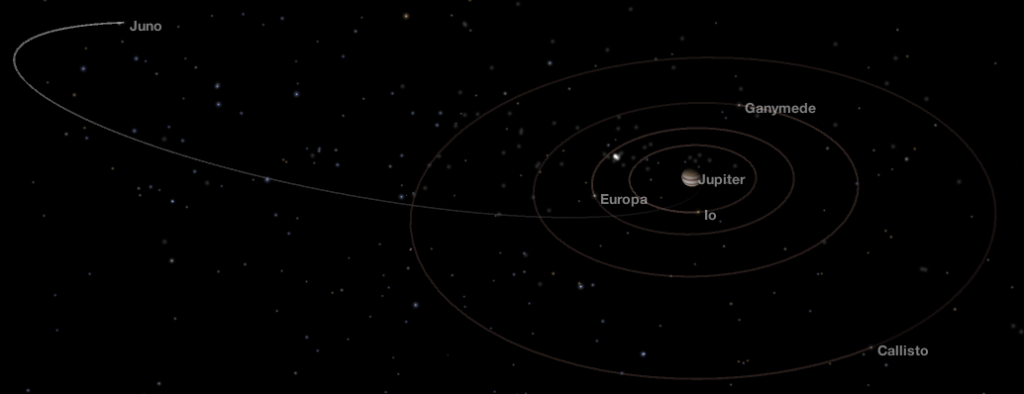The Unity community has a [developer chat] on Discord.
Obduction Gameplay – Part 1 – Walkthrough
How to Take a Field Trip to Mars
Khan Academy: Back to School
How to add Android build options in Marmalade S3E Extensions
I’m working with the [Marmalade] engine, and I’m trying to find out [how to add Android.mk compile options].
Custom Minecraft Server
The [Minecraft Community] page has a ton of resources about Minecraft.
Minecraft: [Development resources]
Minecraft: [Wiki]
Minecraft: [Custom servers]
Minecraft: [Protocol]
MSDN: [Async socket server]
MSDN: [Async socket client]
How to spawn mobs on Minecraft Pi version 0.1.1
Minecraft: PI – Place Blocks Under the Player
This script will place blocks under the player while walking around.
# Import the minecraft library import mcpi.minecraft import Minecraft import time # connect to the minecraft client mc = Minecraft.create() # cobblestone blockType = 4 # place blocks under the player while True: pos = mc.player.getTilePos() height = mc.getHeight(pos.x, pos.y) mc.setBlock(pos.x, pos.y - 1, pos.z, blockType) time.sleep(0)
Minecraft: PI – Create Blocks
Devin picked up “Learn to Program with Minecraft” at the Pacific Science Center in Seattle.
After the first 3 chapters, Devin has the player teleporting and spawning a grid of melons.
# Import the minecraft library and refer with an easy alias import mcpi.minecraft as minecraft # connect to the minecraft client mc = minecraft.Minecraft.create() # example of using variables x = 0 y = 0 z = 0 width = 3 height = 3 length = 3 # use the minecraft variable to interact with the player and set the position of the player mc.player.setTilePos(x, y + 2 * height, z) # assign the mellon to the blockType variable blockType = 103 # set a specific type of block at a single location #mc.setBlock(x, y, z, blockType) # set a range of tiles mc.setBlocks(x, y, z, x + width - 1, y + height - 1, z + length - 1, blockType) # post to the minecraft chat window msg = "melons boom!!!!!!!!!!!!!!!" mc.postToChat(msg)
Sky Valley Wings
Digipen Year Round Programs
[Digipen Year Round Programs] includes 2.5-hour Tu/Th blocks of K-12 Homeschool for $595 over 16 weeks ($18 a class per student).
Paypal Credit
[Paypal Credit] (formerly known as BillMeLater), has a 20% APR interest rate ($2 minimum interest) and $35 late fees.
OUYA Plugin With Turret Mouse Support
I made some changes to the OUYA Unity Plugin and placed the updates into a new repository. I moved the Java source into an Android Studio project and removed the Java/NDK compile options from the editor. And then I added support for the Razer Turret Mouse service with an API to access the mouse position and button information on the Forge TV.
NASA Eyes
[NASA Eyes] is an interactive app that shows how the Juno satellite is doing in its orbit around Jupiter. You can see Juno is making its way back to Jupiter.
Nexus Player Controller
The [Asus Store] is the only place that you can get a Nexus Player controller.
Intel Project Alloy Merged Reality VR Demo IDF 2016 – HotHardware
Xamarin: Bypass JAR Binding
Xamarin has a nice C# binding process that automatically wraps Java so that it can be called from C#. In my case the binding was causing an Input ANR (activity-not-responding) crash during startup. [This post] provided enough detail to be able to bypass the binding process so that I could use a raw Java activity to bypass the crash that was happening.
org.apache.http.legacy
There’s a handy Gradle setting if you are using `Google Play` and try to target API `23` you’ll see `org.apache.http` went missing. This handy Gradle setting brings the legacy packages back.
apply plugin: 'com.android.library'
android {
compileSdkVersion 23
buildToolsVersion '24.0.1'
useLibrary 'org.apache.http.legacy'
How to get the Windows 10 Anniversary Update
Xamarin Profiler Requires VS Enterpise
Surprise the Xamarin Profiler now requires [Visual Studio 2015 Enterprise] to work in either Xamarin Studio or Visual Studio. Ugh! [Frequently asked questions] Subscriptions can be cancelled at the [Visual Studio User Hub].
UE4: August 2016 Game Jam
Carl’s Recommended Hardware
UE4 C# Symbols
It would be good to know if [UE4 C# script had built-in symbols].
Kickstarter: Superbook
Cocos2d Plugin for Razer SDK
I created a Cocos2d Plugin for the Razer SDK. There’s several ways to build Cocos2d (i.e. Visual Studio, Android Studio, and XCode). The Visual Studio build process doesn’t support the AAR format yet, so the plugin uses the JAR format. The Android Studio gradle files do support AAR files.
[Cocos2d Plugin Razer SDK]
